Power imbalances and donor pressure to grow too fast can hinder African-led organizations’ long-term success and sustainability. Together, we can abolish the traditional scale formula and achieve higher impact.
“Growth is good.” It’s an adage that underpins modern society. Today’s philanthropists take big bets on social ideas with guidance from Silicon Valley’s venture capital playbook—invest, scale, repeat. However, traditional scaling strategies are not always the most suitable or sustainable for locally-led organizations and their innovative interventions in many global contexts. And in an African context, the pressures to follow a social change formula that does not fit intensifies the complexities of scaling.
In April 2022, The African Visionary Fund hosted an Ecosystem Event at the Skoll World Forum, Redefining Scale: A Smarter Way to Scale for Greater Impact in Africa. A larger conversation that we are having within our network of donors and social entrepreneurs prompted this session. The funder obsession with scale is one that is rooted in multiple dimensions of the power imbalances that shape philanthropy, to the detriment of communities across Africa. Funders have acknowledged that philanthropy has a power imbalance problem that disadvantages African-led organizations and the visionary leaders who run them. However, adopting transformation strategies that change these systems requires a more nuanced examination of the trends and patterns that cause inequitable relationships to emerge.
We asked our partners and peers to share their perspectives on how to address philanthropy’s scale obsession, how scaling can be redefined to better serve communities, and why viewing scale through an equity lens could help break the unjust status quo. These are their insights—in their own words.
There is no one way to define scale. It can be understood as scaling wide for larger reach, scaling deep for sustainable and transformational impact, or scaling to change systems through advocacy and policy to solve underlying causes. For many African-led, community-centered organizations, scale is multidimensional. It requires additional and invaluable resources such as contextual knowledge, strategic planning, lived experience, and uniquely tailored and localized innovations. Scaling the right way means prioritizing the depth of impact as much as, if not more than, the breadth of reach, and recording the ripple-effects of indirect impact of community-rooted interventions.
Furthermore, on a continent where socio-economic challenges and their effects on individuals intersect, it is critical that the scaling process is regarded as important as its outcomes. For example, poor health systems coupled with gendered social norms can limit women’s access to formal reproductive healthcare and the tools traditional birth attendants require for safe deliveries in their communities, leading to high levels of infant mortality. To solve these interconnected cycles, innovators must intimately understand what elements of their interventions are crucial to achieving the intended positive change, and how their model can be successfully transferred to other communities to transform the system. Community and stakeholder participation is key to finding the most effective scale pathways, and African-led organizations are often keenly aware of this due to their proximity to the problem.
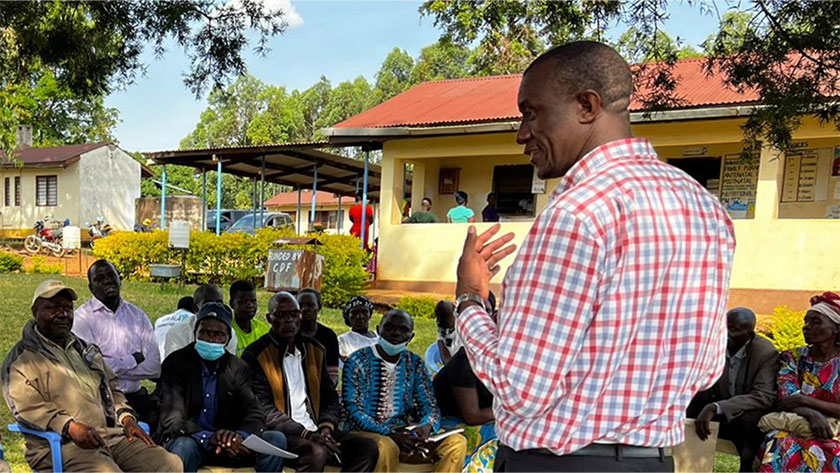
Indeed, scaling is a huge time, capacity, and resource investment, and should be contextualized to meet the long-term needs of the specific groups and communities that are ecosystem stakeholders. Yet, many funders often define scale using limited dimensions, typically using these definitions as a measure of an organization’s overall impact. Prioritizing breadth means sacrificing depth and missing opportunities to change the underlying symptoms of ailing systems, which comes at the detriment of partners and people on the ground.
Scaling strategies have the potential to be either a boon or bane to the incredible innovations led by proximate leaders in Africa. It is often who sets the global development agenda and prescribes the scaling strategies that dictates which way the pendulum swings.
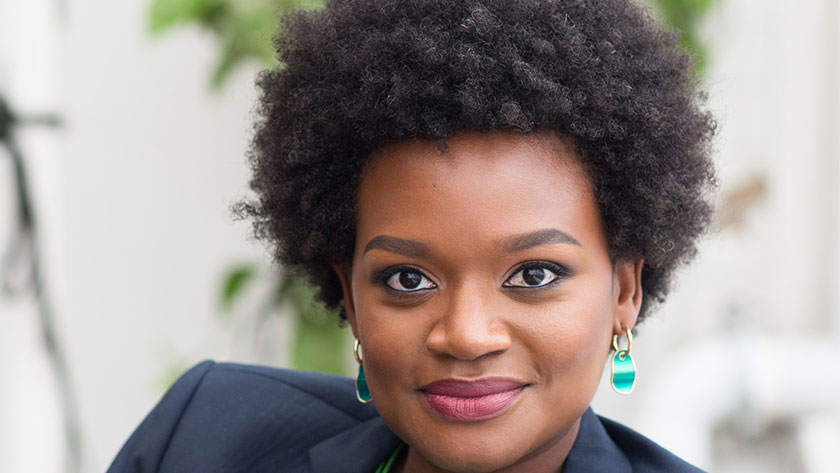
But the philanthropy community isn’t solely to blame. They operate within a predetermined system and adhere to a universal development framework that prioritizes serving the maximum number of beneficiaries. Frameworks like the United Nations’ Sustainable Development Goals and its predecessor the Millennium Development Goals are useful tools to understand the breadth of the world’s shared socio-economic challenges and goals for their eradication, but they have also narrowed the field for organizations innovating beyond their parameters.
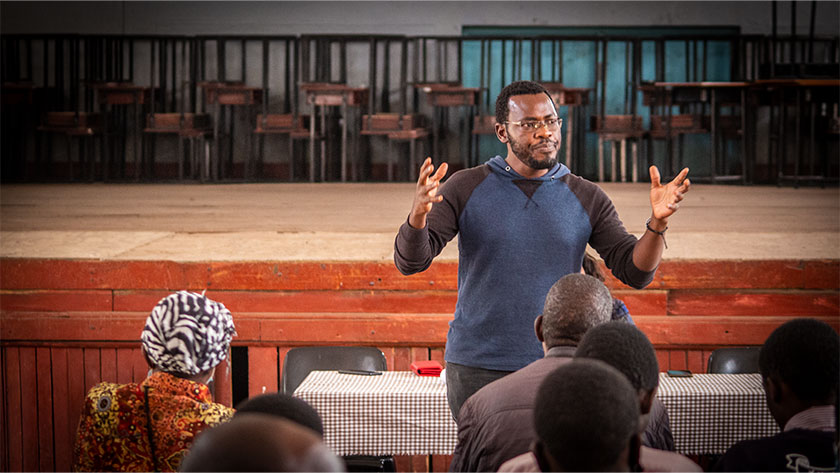
A pervasive consequence of this global agenda-setting is that it influences how success is measured. In what Mona Mourshed calls “metric monomania”, many funders then define scale through their own rigid, once-size-fits-all program design that prioritizes reporting high impact metrics. As a result, funders set unrealistic criteria. They unknowingly put pressure on local organizations to rush to scale in order to attract much-needed funding, when in fact slower growth may be the better way to ensure high-quality and enduring impact.
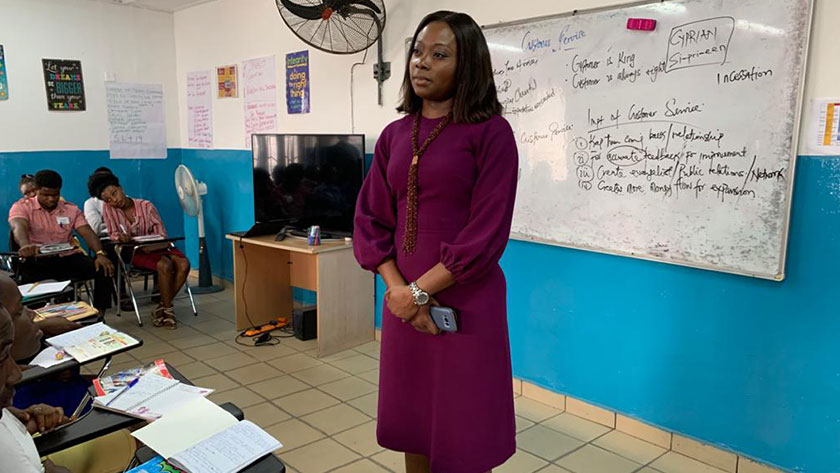
Another unintended consequence of the rigidity of funders’ internal funding criteria is that it is often risk-averse, and mismatches in eligibility requirements cause donors to miss opportunities to invest in disruptive scaling ideas that shirk tradition. In truth, unconscious racial biases are often the foundation of funder assessments of risk. A lack of trust not only devalues grassroots social entrepreneurs’ talent, knowledge, and experience in serving their communities, it also severely constrains the development of groundbreaking ideas.
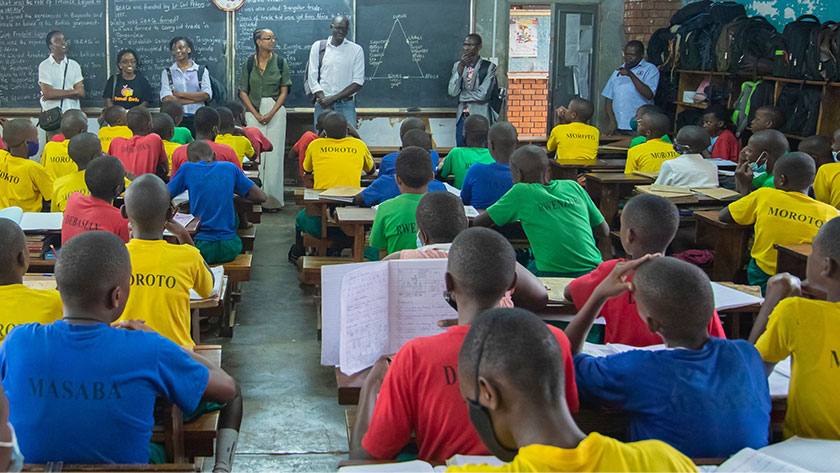
So what can the philanthropic community do to take action in re-evaluating their ideas and definitions of scale? Here are some insights on how funders and their partners on the continent can build stronger relationships so that initiatives focus more on deep and long-lasting societal impact.
Alleviating the Pressure to Scale
A slow and steady approach to supporting visionary African organizations is required for more equitable partnership; one that allows innovators the space and time to brainstorm, test, pilot, validate, pivot, and entrench interventions before adopting a scaling strategy.
Rethinking Numbers-Based Funding Eligibility Criteria
The pressure to scale too soon often comes from numbers-based funding criteria constraints such as beneficiaries reached. However, those numbers represent people, and decisions made by the organizations that serve them can make a real difference in determining the trajectory of the rest of their lives. The quality of an organization’s impact should never be sacrificed for the sake of a more impressive-looking return on investment. Work needs to be done to probe why funders have set their eligibility criteria, so that new solutions can emerge on how to revise them to consider and support the often-overlooked visionary organizations innovating for high impact on the ground.
Funders can also immediately abolish internal strategies that automatically exclude organizations based on their size—budget or otherwise. Some organizations will never grow beyond a certain point, because they don’t need to. Their communities are best served with smaller-scale, deeper-impact interventions, and there are many other ways to measure their effectiveness.
Embracing Alternative Growth Strategies
No matter the growth model chosen, high social impact is a scaling strategy’s bottom line. This includes the impact made on the livelihoods of families, communities, and society at large. Both donors and social entrepreneurs can do more to ensure that the impact on indirect beneficiaries is not diluted in measurement and messaging, and there is much to do to provide more information about the multiplier effects of innovative solutions.
Taking Risks and Trusting the Process
African organizations desire to grow and reach as many people as possible. But, the assumption that social value can only be created by going bigger hinders real impact. If the ultimate goal is to serve and impact diverse people with varying realities and needs on the ground, then more donors should grant unrestricted funding that empowers local social entrepreneurs to test new ideas and growth models that will have long-lasting benefits.
Keeping an Open Dialogue
More open and honest dialogue between funders and social entrepreneurs—about patient capital, indirect beneficiaries, depth of impact, impact over time, methods of measurement, trust, and flexibility—can help mitigate the relational disconnect and help offer new solutions that are effective for both partners. Perhaps this sentiment is best summarized by Willie Mpasuka’s final reflection:
Banner image is of Linda Kamau working with students in Kenya, image: Petros Teka www.petrosteka.com